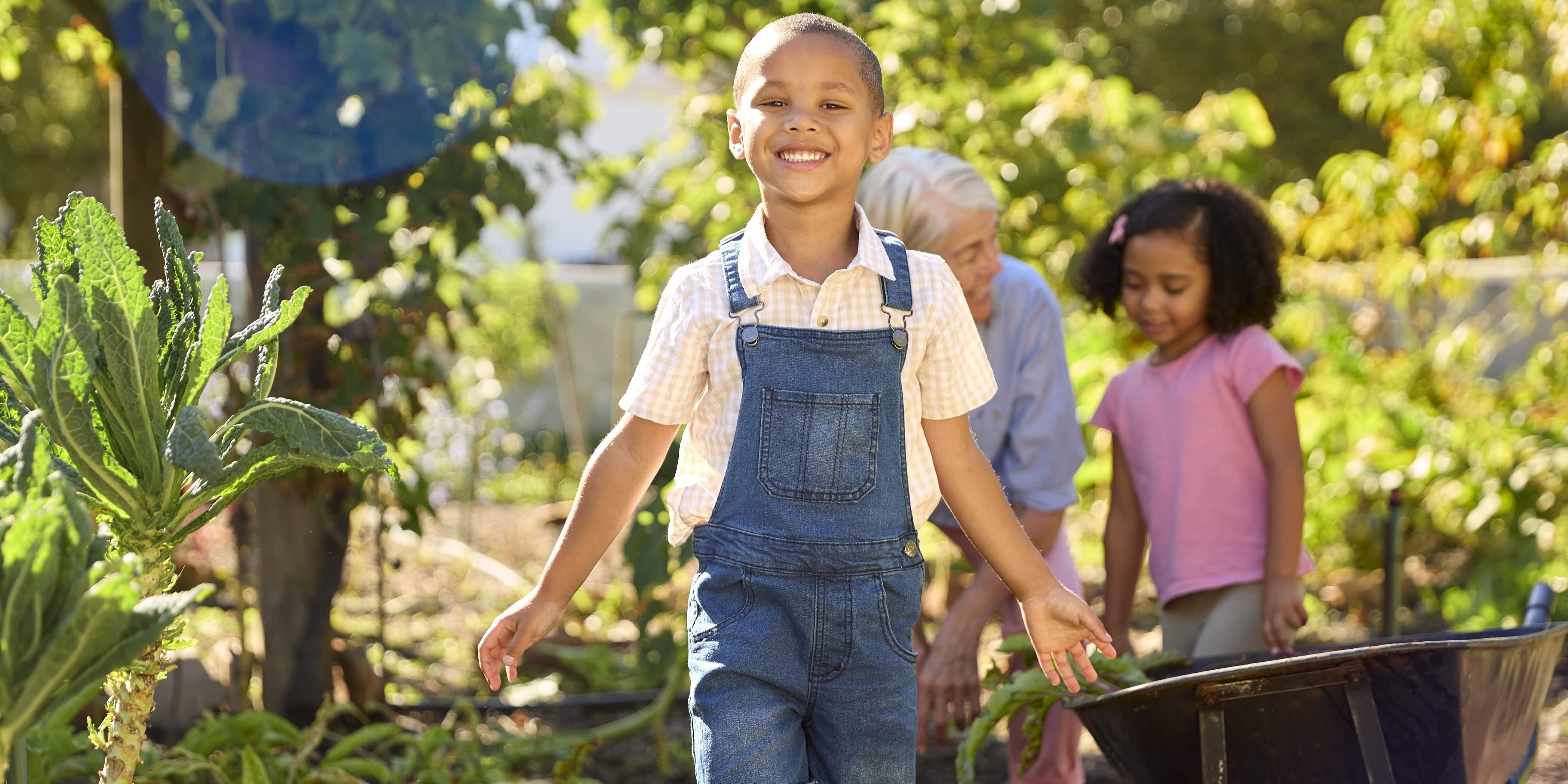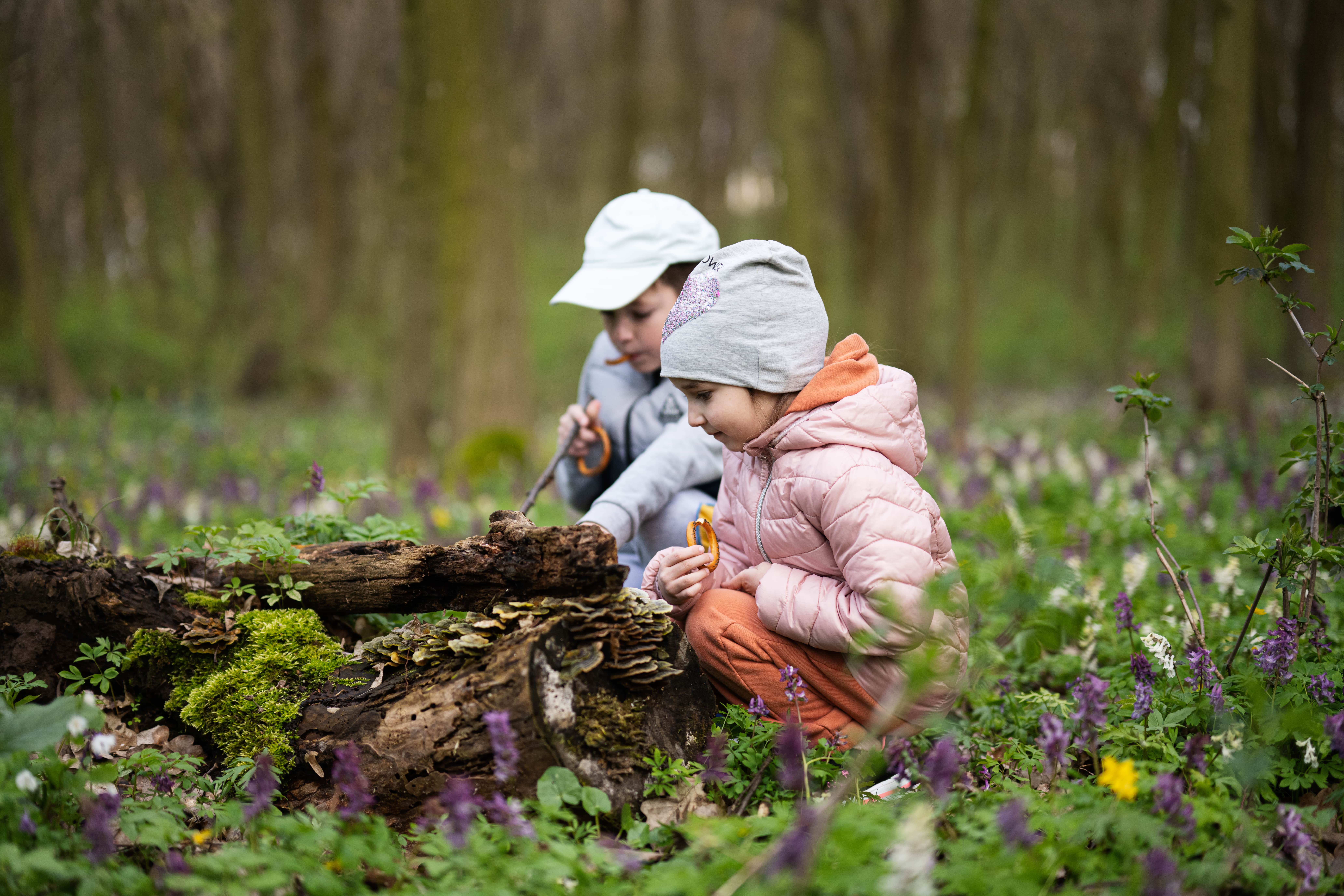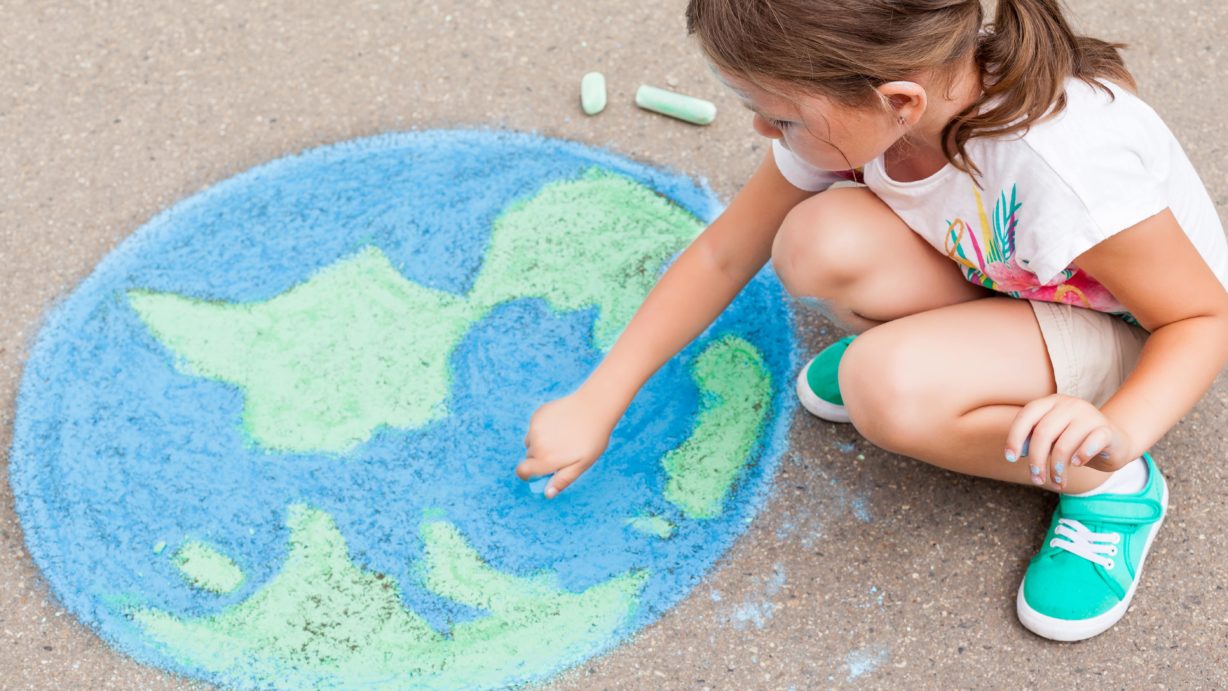Discover seven engaging ways to teach kids about sustainability this spring, from nature walks and gardening to storytelling and community involvement, nurturing a generation of eco-conscious stewards.
With Earth Day just around the corner, there’s no better time to instill in children the importance of caring for our planet. With the earth awakening from its winter slumber, spring offers a plethora of opportunities to engage young minds in learning about sustainability. Teaching kids about eco-consciousness not only fosters a deeper connection to nature but also equips them with the knowledge and values needed to become stewards of the environment. So, let’s dive into some creative and educational ways to impart lessons of sustainability to children this spring.
- Nature Walks and Scavenger Hunts: Spring is the perfect time to explore the great outdoors. Take your child on nature walks in local parks, forests, or even your own backyard. Encourage them to observe and identify different plants, animals, and insects. Organize a scavenger hunt with a focus on finding items like leaves, rocks, or flowers, emphasizing the importance of respecting and preserving natural habitats.
- Gardening and Planting: Get your hands dirty and involve children in gardening activities. Start a small vegetable or herb garden together, teaching them about the life cycle of plants, the importance of soil health, and the benefits of growing your own food. There are so many benefits of gardening for kids! Allow them to take ownership of their little plot of earth, nurturing seeds into flourishing plants while learning about sustainability practices like composting and water conservation.
- Upcycling and DIY Projects: Encourage creativity by engaging in fun DIY projects that promote sustainability. Gather recyclable materials like cardboard, paper rolls, or plastic bottles, and challenge kids to transform them into useful items such as bird feeders, plant pots, or art sculptures. This hands-on approach not only sparks imagination but also teaches the principles of reducing waste and repurposing materials.
- Storytelling and Education: Storytelling is a powerful tool for educating children about environmental issues and the importance of sustainability. Choose age-appropriate books, documentaries, or educational videos that highlight topics like climate change, biodiversity, or conservation efforts. Afterward, engage them in discussions to deepen their understanding and encourage critical thinking about how they can make a positive impact.
- Community Involvement and Volunteering: Foster a sense of social responsibility by involving kids in community-based sustainability initiatives. Participate in local clean-up events, tree plantings, or community gardens, allowing children to experience firsthand the collective effort needed to protect and preserve our planet. Through volunteering, they learn the value of collaboration and civic engagement in creating a sustainable future for all.
- Environmental Games and Activities: Make learning about sustainability enjoyable with interactive games and activities. Create eco-themed board games, puzzles, or quizzes that cover topics like renewable energy, recycling, or carbon footprints. Incorporate outdoor activities such as nature bingo or eco-friendly crafts to reinforce key concepts while encouraging physical activity and exploration.
- Lead by Example: Perhaps the most influential way to teach kids about sustainability is by modeling eco-friendly behaviors yourself. Practice energy conservation, waste reduction, and mindful consumption in your daily life, demonstrating that small actions can have a big impact on the environment. Engage children in decision-making processes like meal planning or shopping for sustainable products, empowering them to make environmentally conscious choices.
Spring offers a wealth of opportunities to cultivate a deeper understanding and appreciation of sustainability in children. By integrating hands-on activities, education, and community involvement, we can inspire the next generation to become compassionate stewards of the earth. As we nurture their green minds this season, let’s sow the seeds of environmental responsibility and watch as they blossom into advocates for a brighter, greener future.
Stay in the know and check us out on social media! Follow BrightPath on Facebook and Instagram for a variety of fun activities and daily inspiration.





